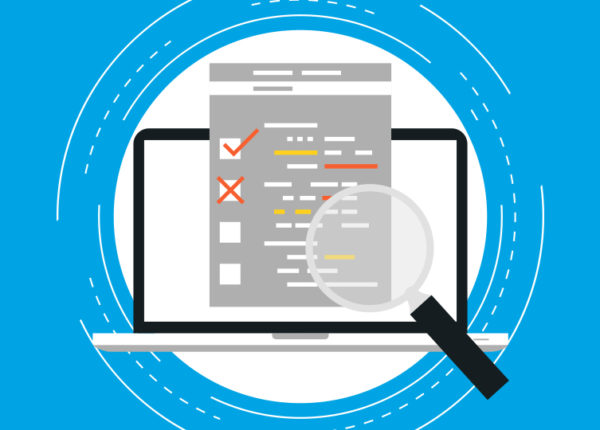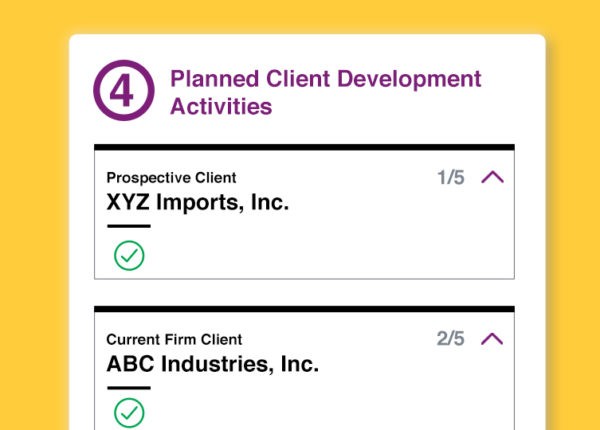Several of my legal clients are surprised to hear that we have experience designing law firm intranets. I think this reflects a common misunderstanding that many people have about how the role of a designer has been transformed in the digital world. The focus of graphic design work is no longer limited to making letterhead, brochures or websites that look attractive and present a law firm in the best possible light. In the digital age, design has become a critical factor in shaping the interface and information architecture on the computer screen. So it is not just a matter of making things look good, but it’s just as important to present information in the most intuitive and easy to comprehend light.
And as it turns out, there’s no place where design skills have proved to be more important than when it comes to developing a legal intranet. Amid the welter of information that practicing lawyers must sift through and contend with every day, interface design ends up being perhaps the most critical factor in determining the extent to which practitioners actually use a law firm’s intranet platform. Indeed, what’s the point of investing hundreds of thousands of dollars in state of the art technology if a system is going to remain dramatically underutilized?
In a well-planned intranet project, the design team will participate from the outset in the process of developing the system specifications. The process and methodology our firm has developed for designing a law firm’s external website turns out to be quite applicable, subject to some adjustment and revision, to the process of identifying the system requirements and content strategy that are likewise essential elements of a successful intranet. Only after undertaking a thorough research and discovery phase can we begin to map out an appropriate information architecture and interface design.
The research and discovery phase calls for us to take a close look at the roles and functions within work groups at the firm, so we can understand the information and workflow among members of the workgroup, as well as the differences in practice and habit from one workgroup to another. This process again is similar to the methodology that we implement on a website design project in that it requires us to develop user personas, each with defined goals, tasks, behaviors and information needs. In the case of the legal intranet, the personas we develop correspond to each of the key players within the law firm, from professional staff to the front and back office. The ultimate form and appearance of the intranet can only be designed once we have a very clear grasp on the function.
To be continued… In part 3 of this series we’ll discuss some of the key factors in determining whether an intranet would be appropriate for your law firm.
Also check out:
Part 1: Law Firm Intranets – A Virtual Platform for Collaborating & Managing Workflow







